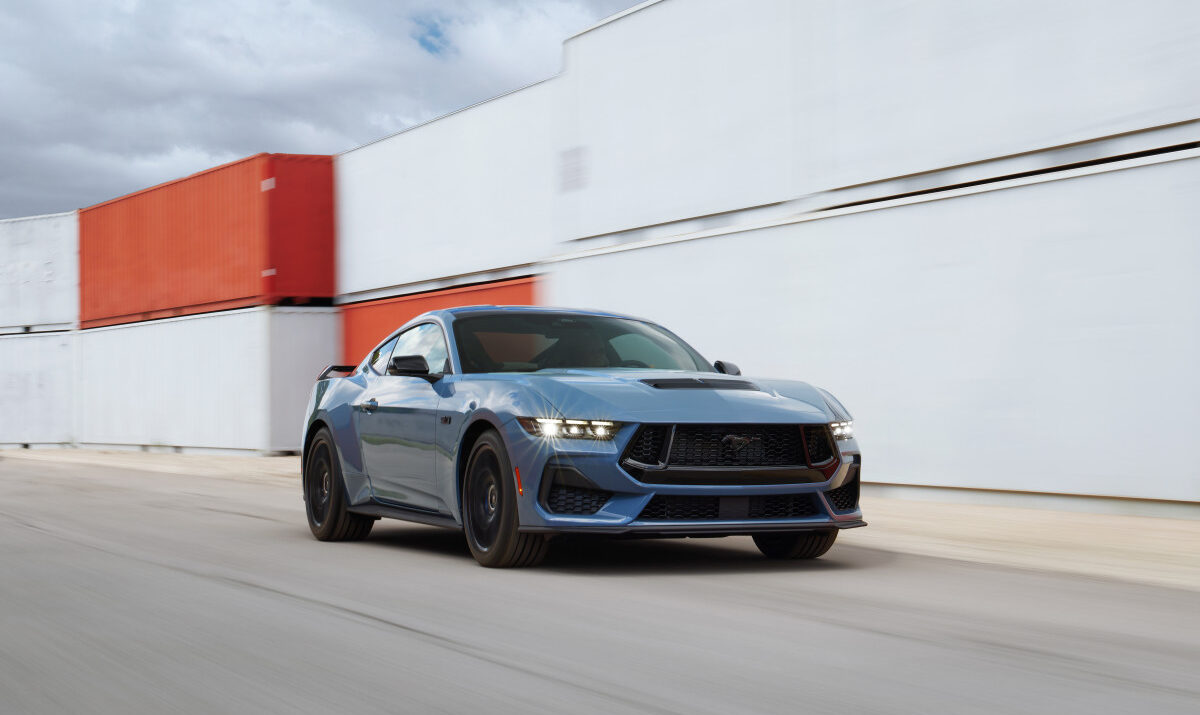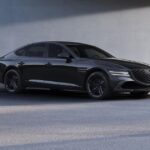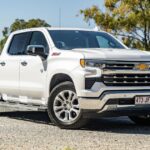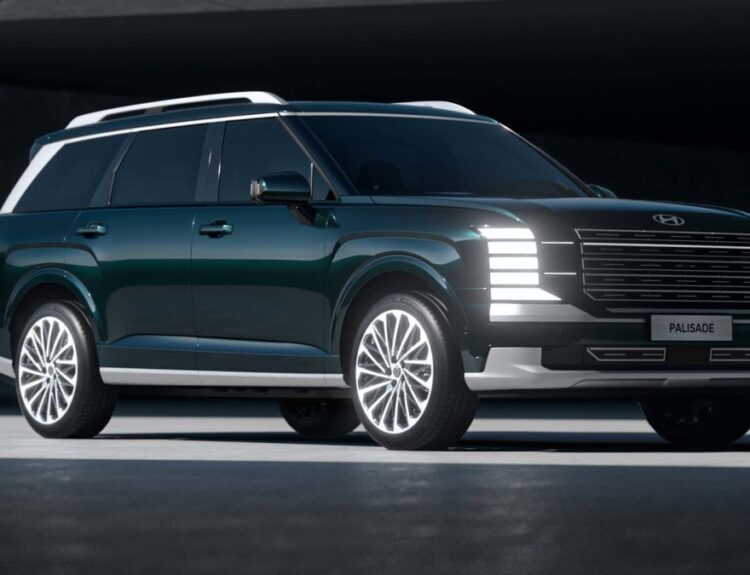In a remarkable turn of events for 2024, the Ford Mustang Mach-E has eclipsed its gasoline-powered counterpart in sales, achieving a significant milestone that few industry analysts had anticipated. With the Mach-E recording 51,745 units sold, this electric crossover surpassed the traditional Mustang’s sales of 44,003 by over 7,700 units. While some purists may still debate the legitimacy of the Mach-E bearing the Mustang name, the statistics elucidate a noteworthy shift in consumer preferences.
However, market dynamics extend beyond mere consumer inclination. Ford strategically enhanced incentives for Mach-E buyers in 2024 compared to those available for buyers of the classic Mustang. This tactic reflects a broader trend, as the legacy Mustang has faced a continuous sales downturn, even as it stands as the last two-door modern muscle car in production, following the retirement of the Dodge Challenger and Chevrolet Camaro.
A Shift in Performance Metrics
In a year marked by change, the Mustang Mach-E saw sales increase by almost 27% compared to the previous year, making it the most successful year since its introduction in 2021. In stark contrast, the gasoline-fueled Mustang experienced its worst sales performance on record, with a decline of 9.5%.
The Mach-E Advantage
One of the prime factors behind the Mach-E’s success can be traced back to Ford’s competitive pricing and strategic financial incentives. Despite the Mach-E losing eligibility for the $7,500 EV tax credit in 2024 due to stricter regulations regarding battery materials sourced from China, consumers can still benefit through leasing arrangements. Furthermore, Ford’s offering of affordable leasing options and complimentary home charger installations has significantly bolstered the Mach-E’s appeal. Looking ahead to 2025, the starting price for the Mach-E Select trim has been reduced to $38,490, thereby emphasizing the affordability disparity between it and the gasoline Mustang. The base EcoBoost Mustang starts at $31,920, but the least expensive V8 GT model jumps to an eye-popping $46,560.
This pricing strategy proved influential in the fourth quarter of 2024. Despite a promising start to the year for the gasoline Mustang, demand evaporated dramatically in the final quarter, with sales plummeting 43% compared to Q4 of 2023. Conversely, during the same period, the Mach-E recorded a robust 36% increase in sales.
A Winning Formula of Practicality and Performance
The Mach-E’s appeal lies in its versatility as a crossover, capable of meeting everyday driving needs while delivering impressive performance. With ample cargo capacity, a range of up to 320 miles, and performance-oriented variants like the GT and Rally that can accelerate from 0-60 mph in as little as 3.3 seconds, the Mach-E caters to both families and performance enthusiasts alike.
The Gasoline Mustang’s Decline
The struggles of the gasoline Mustang are a reflection of deep-rooted market trends favoring SUVs and crossovers over sports coupes. Despite its status as the last traditional muscle car remaining following the exits of competitors, the gas-powered Mustang has been unable to capitalize effectively on its unique position.
Increasing Costs and Design Controversies
The introduction of the seventh-generation Mustang in 2023 only intensified these challenges. Starting prices rose substantially—with the base EcoBoost model set at $33,515 and the GT trim at $44,455—compounding the issues created by mixed reactions to the design overhaul.
Electrification as a Cornerstone of Ford’s Future
The Mach-E’s success is indicative of Ford’s progressive approach toward electrification, with overall EV sales surging by 35% in 2024, alongside notable gains from the F-150 Lightning and hybrid models. This growth translated to an overall sales increase of 3.1% for Ford, suggesting a robust commitment to electric vehicles.
Looking Ahead: The Future of the Mustang
The impressive performance of the Mach-E sets a challenging benchmark for 2025. Even in the face of losing federal tax credit eligibility, the Mach-E’s sales momentum remains strong, presenting a promising outlook amid potential policy shifts that may alter EV incentives. Conversely, the fate of the gasoline Mustang hangs in a precarious balance.
While some may perceive the Mach-E as encroaching on the traditional Mustang’s sales, it is crucial to note that the gasoline variant has been on a downward trajectory for nearly a decade, predating the Mach-E’s arrival. Given these trends, it wouldn’t be surprising to see Ford adopt a strategy similar to that of the Dodge Charger, offering both gas and electric powertrains within the same vehicle framework if gas-powered Mustang sales continue to decline.
Concluding Thoughts
As production of the current Mustang line approaches its conclusion in 2028, the question looms large: will Ford continue to produce the gas-powered iteration, or will the future lie solely with its electrified counterpart? The enthusiasm surrounding the Mach-E is undeniable, yet the persistence of the gasoline model remains at the mercy of consumer demand. With sales figures indicating a challenging path ahead, it may prove increasingly difficult for the original Mustang to maintain a foothold in an evolving market.
Source:www.autoblog.com






